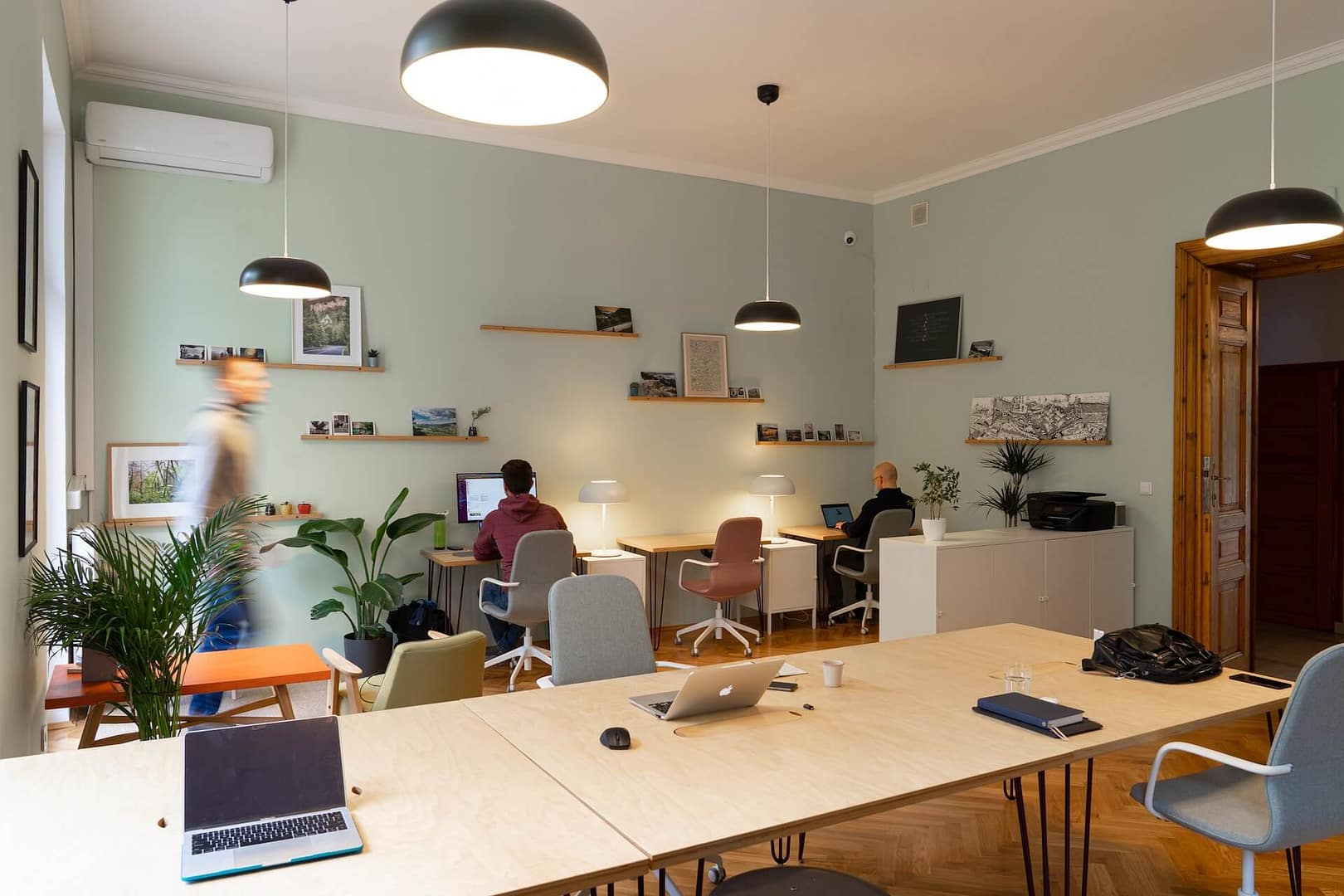In the ever-evolving landscape of modern workplaces, the phrase “remote supervision” has become more than just a buzzword; it’s a pivotal aspect that shapes how businesses operate. One of the crucial aspects that demand our attention is the impact of remote supervision on workplace safety.
Embracing the Remote Revolution
The rapid adoption of remote work, especially in the aftermath of global events, has reshaped the traditional work environment. As companies transition to a more flexible approach, with employees scattered across different locations, the dynamics of workplace safety have been significantly influenced.
Unravelling the Web of Remote Work Effects
Let’s embark on a journey to understand the multifaceted impact of remote supervision on workplace safety. Picture this: employees navigating their daily tasks from the comfort of their homes, coffee shops, or co-working spaces. It’s a scene that reflects the modern workplace – flexible, dynamic, and, at times, challenging.
As the digital age propels us into uncharted territories, the advantages of remote work are apparent. Enhanced flexibility, improved work-life balance, and access to a global talent pool are some of the perks. However, beneath this veneer of convenience lurk several challenges, particularly concerning workplace safety.
Key Risks of Remote Working
Isolation Hazards
The solitude that accompanies remote work can inadvertently lead to a sense of isolation among employees. Without the physical presence of supervisors or colleagues, individuals may encounter difficulties in seeking assistance or reporting potential safety concerns. This isolation hazard raises questions about the effectiveness of remote supervision in ensuring prompt responses to emergencies.
Ergonomic Challenges
Imagine an employee hunched over a makeshift desk, coffee in hand, attending a virtual meeting. While the setting might seem casual and comfortable, it often conceals ergonomic challenges. Poorly designed home workstations can contribute to musculoskeletal issues, posing a threat to the overall well-being of remote workers. This emphasises the importance of remote supervisors addressing ergonomic concerns to mitigate potential health risks.
Technological Vulnerabilities
Remote work heavily relies on technology, and where there’s technology, there are vulnerabilities. Cybersecurity threats and data breaches are not just digital nightmares; they have tangible consequences for workplace safety. Remote supervisors must navigate the intricate landscape of cybersecurity to ensure the protection of sensitive information and maintain a secure virtual work environment.
Communication Breakdowns
In a traditional office setting, communication is often a simple matter of walking over to a colleague’s desk or holding impromptu meetings. However, the remote landscape introduces challenges in communication. Misunderstandings, delayed responses, and the absence of non-verbal cues can impede the effective transmission of safety protocols and instructions, potentially jeopardising the well-being of remote workers.
Receive a Call About Your Claim
Navigating the Seas of Safety: A Remote Supervisor’s Role
As we delve into the risks, it’s crucial to acknowledge that remote supervision isn’t inherently detrimental to workplace safety. Rather, it demands a paradigm shift in how supervisors approach their roles.
Proactive Safety Measures
Remote supervisors must proactively implement safety measures that address the unique challenges of a dispersed workforce. This involves providing comprehensive guidelines on ergonomic setups, conducting virtual safety training sessions, and fostering a culture where employees feel comfortable reporting safety concerns without fear of isolation or repercussions.
Technological Safeguards
In the digital age, technological safeguards play a pivotal role in ensuring a secure remote work environment. Remote supervisors should collaborate with IT professionals to implement robust cybersecurity measures, conduct regular audits, and educate remote workers on best practices for safeguarding sensitive information.
Effective Communication Strategies
To bridge the gap created by physical distance, remote supervisors must prioritise effective communication. Utilising video conferencing tools, establishing clear communication channels, and fostering an environment that encourages open dialogue are crucial steps in ensuring that safety protocols are understood and followed.
Receive a Call About Your Claim
The UK Perspective: Navigating Remote Work Challenges
As we explore the impact of remote supervision on workplace safety, it’s enlightening to draw insights from the UK’s approach to this evolving landscape. The UK, with its rich industrial history, has been at the forefront of adapting to changing work dynamics.
From the vantage point of the UK, remote supervision is not viewed as a hindrance to workplace safety but rather as an opportunity to redefine safety protocols. Regulatory bodies in the UK emphasise the importance of conducting regular risk assessments tailored to the remote work environment. This includes assessing home workstations, addressing cybersecurity concerns, and implementing measures to combat the isolation hazards associated with remote work.

Making an Accident at Work Claim with National Claims
In the unfortunate event that a workplace accident occurs, National Claims stands ready to assist. As a leading advocate for workplace safety, National Claims understands the nuances of remote work environments. Our dedicated team is well-versed in navigating the complexities of remote supervision and its impact on safety.
Whether the accident is a result of ergonomic challenges, technological vulnerabilities, or communication breakdowns, National Claims is committed to securing the rights of remote workers. We provide personalised support throughout the claims process, ensuring that individuals receive the compensation they deserve.
Conclusion
In this ever-evolving landscape, the impact of remote supervision on workplace safety is not a static concept but a dynamic force that necessitates adaptability, innovation, and a commitment to prioritising the well-being of remote workers. As businesses continue to embrace the remote revolution, the role of remote supervisors becomes increasingly pivotal in safeguarding the well-being of the dispersed workforce.
The key lies in acknowledging the risks, implementing tailored safety measures, and fostering a culture where safety is not compromised for the sake of convenience. The UK’s perspective serves as a guide, emphasising the need for comprehensive risk assessments and a proactive approach to remote supervision.
In conclusion, the impact of remote supervision on workplace safety is a balancing act that requires a nuanced understanding of the challenges and proactive measures to address them. As we navigate the seas of remote work, let safety be the compass guiding us towards a future where the benefits of flexibility are harmoniously intertwined with a robust commitment to workplace safety.
Discover more information by contacting us and start your claim with the help of one of our claims agents today.
Click below to see why we are one of the most trusted claims management companies in the UK.

We’re proud of our excellent customer reviews
We thrive on delivering exceptional service and ensuring our clients’ satisfaction. Don’t just take our word for it. Check out some of our independent reviews to see what our clients have to say.
Excellent

This firm is excellent, they sorted out my car pay out and injury claim very fast, they always communicate with you all the time.

My accident case was dealt with confidence and with great result of the outcome, especially James kept me informed all the time.

I was very impressed at the way my inquiry was treated. I was listened to attentively and everything I needed to know was explained to me.






